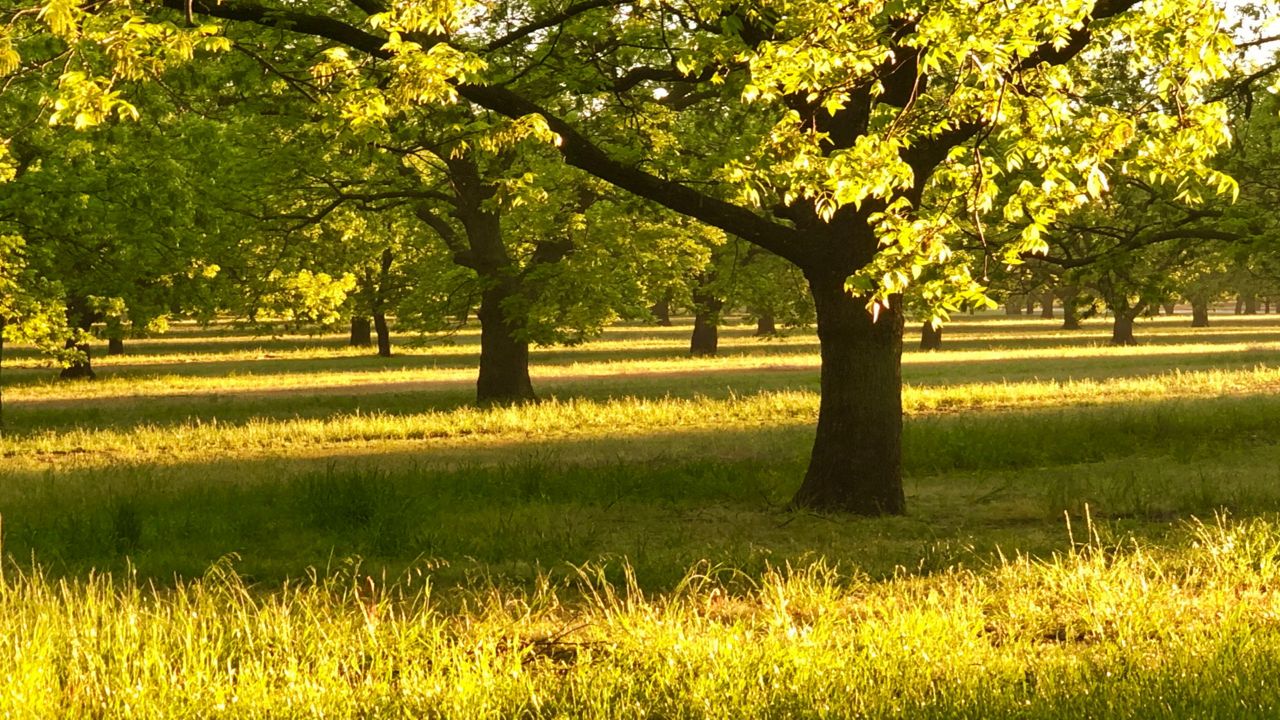That's right, the official state tree of Texas is the pecan tree. In 2001, pecans were declared the official health nut of Texas. And in 2013, the pecan pie was named the state's official dessert.

Texans love their pecans.
According to U.S. agriculture officials, Texas' $70 million pecan crop ranked third among the nation's pecan growers in 2019, behind New Mexico and Georgia.
Last year, Texas production was 42.6 million pounds, up nearly 27% from the 2018 harvest, but still well below 2017’s haul of the 49 million pounds reported by National Agricultural Statistics Service.
There are about 150 Texas counties with native pecan trees, usually found near rivers and creek bottoms. That's where you'll find nearly 1,000 pecan trees of Swift River Pecans.
Check out this story on how they keep year-round operations.
The native, or planted, trees need deep, loose, and well-watered soil for growing. To produce a crop, there needs to be 200 or more frost-free days. The growing season starts in early spring and harvest is in the fall.
To harvest the pecans, "tree shakers" will shake the trunk of the tree to put the nuts on the ground. A "harvester" comes around and picks up the pecans and other things like sticks and leaves.
Cleaners then separate the crop from other things. After that, it's a labor of love with hands sorting out the good ones.
There are over 1,000 varieties of pecans. Many in Texas are named for Native American Indian tribes such as Cheyenne, Mohawk, Sioux, Choctaw and Shawnee.
These trees can live and produce nuts for 300 years. There's even evidence of its existence in Texas during prehistoric times.
That's nuts!



